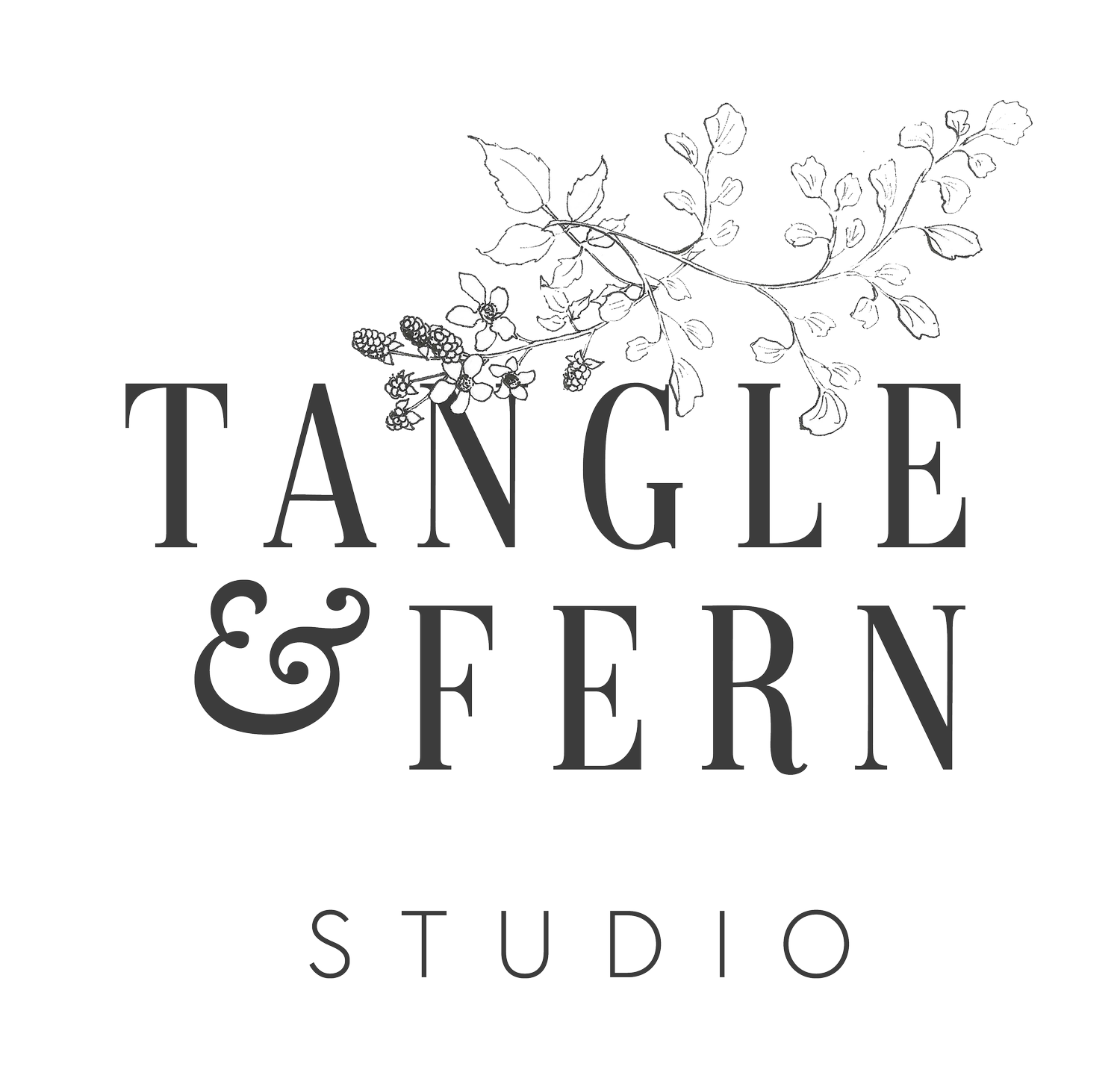What do you stand for?
To get us started, I’m going to ask you a series of questions about you and the work you do.
Open your workbook to page 5, and jot down the answers to the following questions:
What problems do you solve for people? Or in other words, what is your gift to the world?
In this question, we are beginning to think not only about what you do, but why you do it. For example, “I want to empower mothers to make healthier choices in their lunch boxes.” Or, “I want to brighten people’s homes with beautiful art for their walls.”What do you want people to say about you or your business, after you have left the room?
This is a big question, because it goes to what really matters to you. How do you want to leave them feeling?What does “A job well done” look like to you? Describe it…
Go into some detail, as this question encourages you to think of your audience, instead of yourselfWhat would you have to do to feel you had failed your customers or community?
We all have standards, and they all differ from one person to the next. Your answers to this question will help you recognise yoursWhat are some attributes that you enjoy and respect about other people’s brands, businesses or projects?
It’s easy to feel that we like and respect someone or something. Here, I’m asking you to dig deeper, and identify what it is, specifically, that you like and respect about them (and why)When it comes to other people’s brands, businesses or projects, what are your biggest turn-offs?
The point of this question is to help you recognise some of the boundaries you don’t want to crossFinish this sentence: “Nobody should have to…”
This question - inspired by my own coach Mel Wiggins - is calling upon you to exercise empathy. I want you to identify with the struggles that the members of your audience experience, and express why you want to help them. If this prompt doesn’t work for you, try, “I understand how it feels to…”

